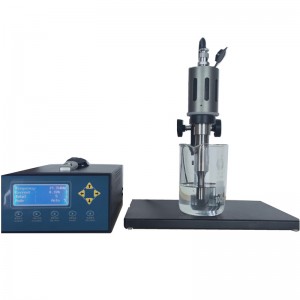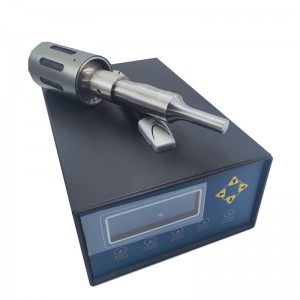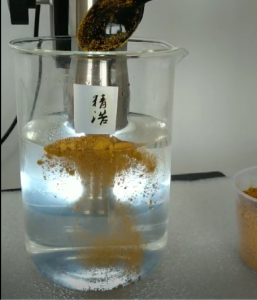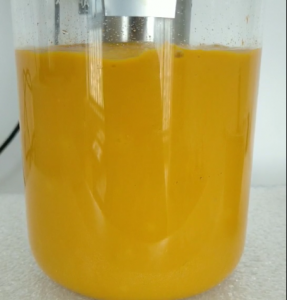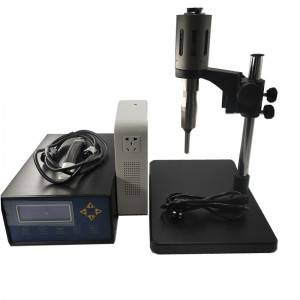Ultrasonic Laboratory Homogenizer Sonicator
Sonication is the act of applying sound energy to agitate particles in a sample, for various purposes. Ultrasonic homogenizer sonicator can disrupt tissues and cells through cavitation and ultrasonic waves. Basically, an ultrasonic homogenizer has a tip which very rapidly vibrates, causing bubbles in the surrounding solution to rapidly form and collapse. This creates shear and shock waves which tear apart cells and particles.
Ultrasonic Homogenizer sonicator are recommended for homogenization and lysis of laboratory samples that do not require traditional grinding or rotor-stator cutting techniques for processing. Small and large ultrasonic probes are used in a variety of sample volumes to be processed. A solid probe allows for less chance of sample loss and cross-contamination between samples.
SPECIFICATIONS:
| MODEL | JH500W-20 | JH1000W-20 | JH1500W-20 |
| Frequency | 20Khz | 20Khz | 20Khz |
| Power | 500W | 1000W | 1500W |
| Input voltage | 220/110V,50/60Hz | ||
| Power adjustable | 50~100% | 20~100% | |
| Probe diamter | 12/16mm | 16/20mm | 30/40mm |
| Horn material | Titanium alloy | ||
| Shell diameter | 70mm | 70mm | 70mm |
| Flange diameter | / | 76mm | |
| Horn Length | 135mm | 195mm | 185mm |
| Gneerator | Digital generator with automatic frequency tracking. | ||
| Processing capacity | 100~1000ml | 100~2500ml | 100~3000ml |
| Material | ≤4300cP | ≤6000cP | ≤6000cP |
APPLICATIONS:
Ultrasonic homogenizer sonicator can be used for the production of nanoparticles, such as nanoemulsions, nanocrystals, liposomes and wax emulsions, as well as for wastewater purification, degassing, extraction of plant oil, extraction of anthocyanins and antioxidants, production of biofuels, crude oil desulphurization, cell disruption, polymer and epoxy processing, adhesive thinning, and many other processes. Sonication is also commonly used in nanotechnology for evenly dispersing nanoparticles in liquids.


